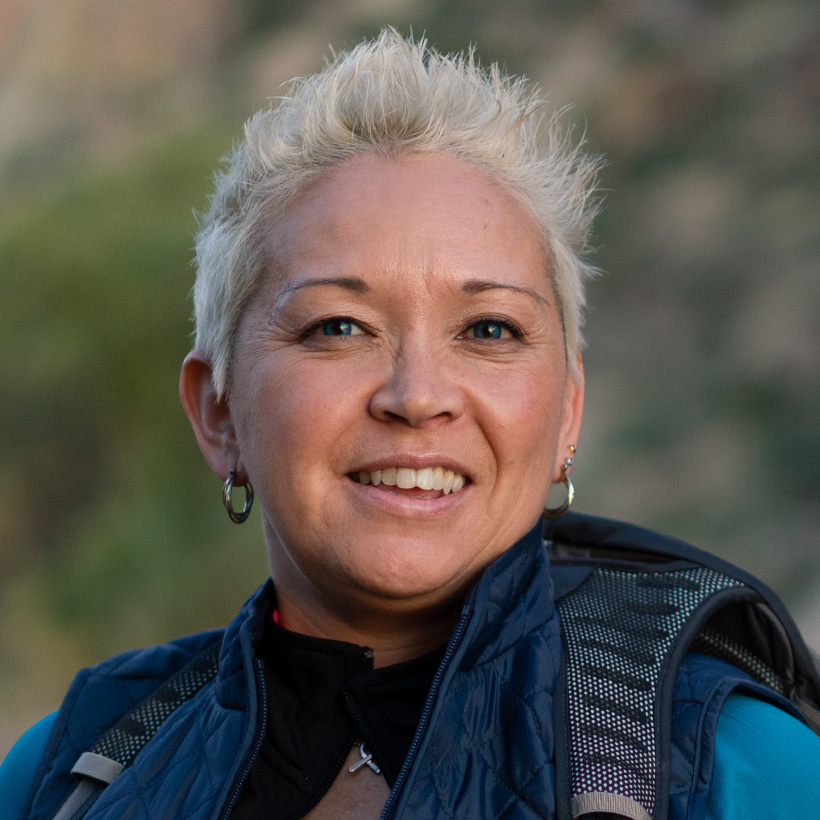


Pako W. was diagnosed with breast cancer on her 48th birthday. At City of Hope Phoenix, she completed chemotherapy, a double mastectomy, immunotherapy, radiation, the newly released Kadcyla® treatment (an immunotherapy/chemotherapy combination) and reconstructive surgery. Here, Pako shares the things all patients should have in their toolkit when it comes to managing lymphedema.